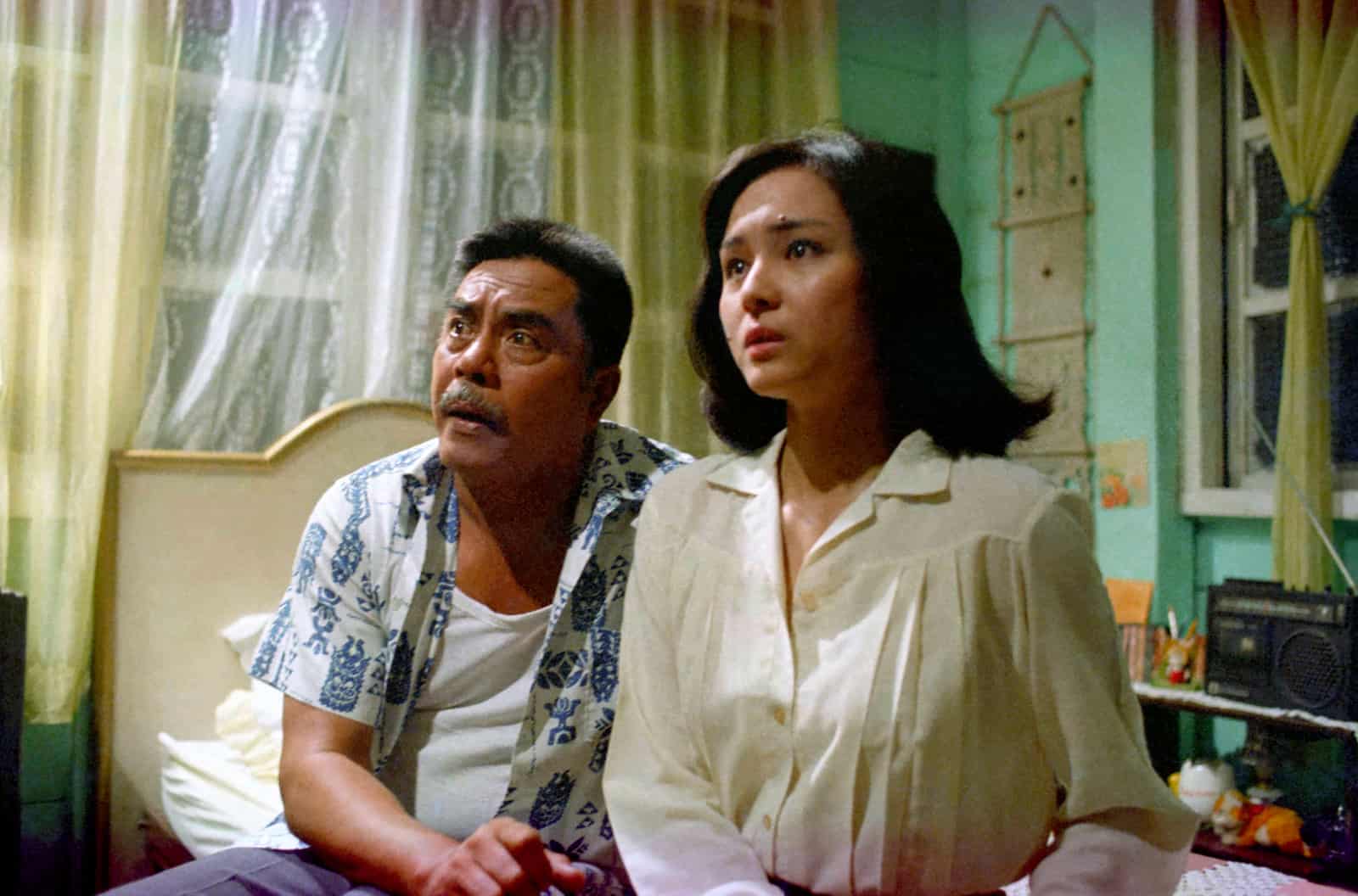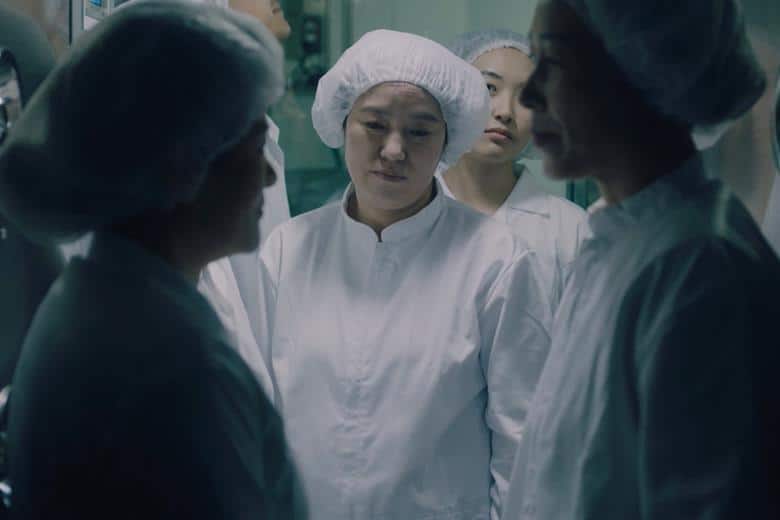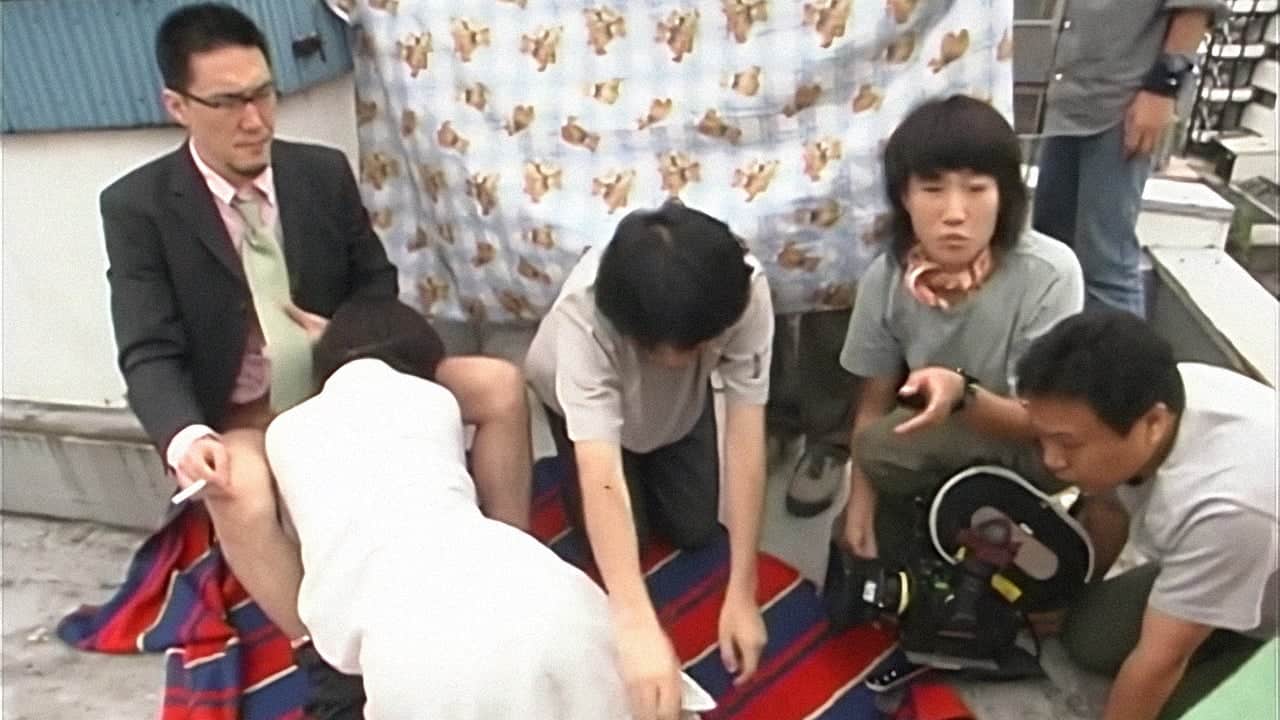After “Carmen from Kawachi” had been one more unsuccessful attempt of production company Nikkatsu to get director Seijun Suzuki in line with the kind of movies they wanted him to make, they decided to reduce his budget even further for his next feature. In the wrong hands, “Tokyo Drifter” probably would have been just another gangster flick which the industry had produced a thousand times, but Suzuki created something truly special, widely regarded as one of his most interesting and visually arresting works. Instead of feeling ´restricted by the lack of financial support, the director relied on his skill of making ends meet and sticking to his creative vision, resulting in a much more abstract work which also fits perfectly in the age of pop culture.
Tokyo Drifter is screening as part of the Seijun Suzuki Centennial presented by Japan Society
In Tokyo, Tetsuya (Tetsuya Watari), nicknamed “Phoenix”, is the loyal right-hand man to gangster boss Kurata (Ryuji Kita), who, after a life in the underworld, has decided to go legit. However, the other criminals and mob bosses are unwilling to let him go that easy, attempting to acquire his property and territory. His rival Otsuka (Hideaki Esumi) wants to seize the opportunity to get his hands on his enemy's most valued real estate and night clubs, among them the trendy The Manhole Jazz Club, where Tetsuya's lover Chiharu works as a singer. Realizing “Phoenix” may be his biggest threat, Otsuka sends out his most skilled assassin, Tatsuzo (Tamio Kawaji), known as “The Viper”.
However, in order not to endanger Kurata's transition from gangster to legit businessman and to ensure there will be no violent repercussions, Tetsuya decides to leave Tokyo, becoming a drifter without any connections to organized crime. Suspecting a scheme from his enemy, Otsuka sends his men after him, thwarting Tetsu's plans to go undercover. Finally, the “drifter” realizes he has to take a stand and face his enemies if he seeks to survive, but in the end he is betrayed.
If you take into account the synopsis alone, you might consider “Tokyo Drifter” a gangster feature, much like Nikkatsu had wanted. However, a few minutes into the movie, you will realize there is something off about this particular entry into the genre, that is at times much more concerned with items of pop culture, fashion and art. Perhaps what sets Suzuki's work even more apart is the lack of transitions, for example, in the beginning, as it leaves out the exposition completely, giving the audience a few clues, in the dialogue and the visuals, to think of who these people are, what their background is and how they are connected. While this lack of coherence (as it was maybe perceived at the time of its release) was certainly a flaw in the eyes of its producers, it makes “Tokyo Drifter” all the more interesting, transcending the genre conventions to become a feature which almost feels “meta” in some scenes.
In what might just be the cleverest aspect of the movie, Suzuki's direction blends the narrative scaffolding of the gangster flick with its visual approach. Rather than going for the dark and murky tones many of his colleagues would prefer, the bright color scheme not only fits right into the times, as already mentioned, but also within a story which is as much about selling out one's principles as it is about the gangster as a symbol for rebellion. Given the casting of pop star Tetsuya Watari, there is already an idea of the protagonist not quite fitting in, similar to the figure of the drifter described in the theme song, and Tetsu often leaving the action as he wanders off, singing said song. Little by little, the world around him is reduced to its most minimal form, accompanied by the white of the snow taking over the aesthetics of the feature, as the protagonist's venture into becoming someone new and leaving the past behind is complete. Apart from the music, this is also achieved through Shigeyoshi Mine's cinematography and Takeo Kimura's production design, which is not only very artful and creative, but in the end highlights the journey of the main character, who is just as contradictory as the 1960s themselves.
As we have found out, Seijun Suzuki's “Tokyo Drifter” is a feature which is not only highly enjoyable, but also rich in themes, narratively and aesthetically. While the director would go creating works that would take even more creative liberties, “Tokyo Drifter” remains as one of the most provocative and thoughtful gangster flicks of the 1960s.
















